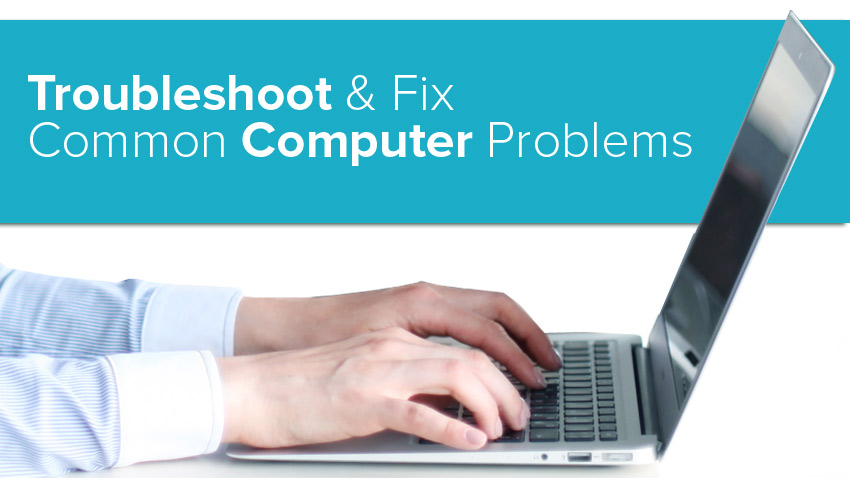
The power of DIY troubleshooting: How to diagnose and fix common computer issues
By Adedayo Oyetoke, Published on: May 28th 2023 4 min, 634 word Views: 1692
As a computer user, you may experience issues that require troubleshooting, from software glitches to hardware failures. While it's always good to have a professional on standby, sometimes you can fix the problem yourself with a little bit of know-how. This is where the power of DIY troubleshooting comes in. In this blog, we will discuss how to diagnose and fix common computer issues.
Diagnosing Common Computer Issues:
The first step in troubleshooting is identifying the problem. Here are some common computer issues you may encounter and how to diagnose them:
- Slow computer: If your computer is running slow, it could be due to a variety of reasons, such as too many programs running at once or a lack of memory. To diagnose the issue, try closing any unnecessary programs and see if the speed improves. If not, you may need to upgrade your memory or replace your hard drive.
- Blue screen of death: A blue screen of death (BSOD) is a common issue that can occur due to a hardware or software problem. To diagnose the issue, take note of any error codes that appear on the screen, which can give you clues as to the problem. It's also a good idea to check your computer's event log to see if there are any error messages that can help pinpoint the issue.
- No internet connection: If you can't connect to the internet, check to see if the issue is with your modem or router. Try resetting them or contacting your internet service provider (ISP) for assistance.
- Printer not working: If your printer isn't working, check to see if it's connected to your computer and turned on. Also, make sure the printer driver is up to date and check for any error messages that may indicate the issue.
Fixing Common Computer Issues:Once you've diagnosed the issue, it's time to fix it. Here are some common computer issues and how to fix them:
- Slow computer: To speed up a slow computer, try clearing out any unnecessary files and programs, upgrading your memory, or replacing your hard drive. You can also try adjusting your computer's settings to optimize performance.
- Blue screen of death: Depending on the error code, you may need to update drivers or replace hardware components. You can also try booting your computer in safe mode and running a virus scan to rule out any malware issues.
- No internet connection: If resetting your modem or router doesn't work, try restarting your computer or contacting your ISP for assistance. You may also need to update your network adapter driver or adjust your network settings.
- Printer not working: Make sure the printer is properly connected to your computer and that it has the latest drivers installed. You can also try restarting your computer or resetting the printer.
Conclusion:
The power of DIY troubleshooting can save you time and money when it comes to fixing common computer issues. By diagnosing the problem and following the appropriate steps, you can often solve the problem without the need for professional assistance. While some issues may require more extensive repairs or replacements, it's always a good idea to try troubleshooting first. With the right knowledge and tools, you can become a master troubleshooter and keep your computer running smoothly.In this blog post, we discussed the power of DIY troubleshooting when it comes to common computer issues. We started by covering the importance of identifying the problem through diagnosis. We then provided examples of common computer issues and explained how to diagnose and fix them.
Finally, we concluded by emphasizing the benefits of troubleshooting and encouraged readers to try troubleshooting first before seeking professional assistance. By following the steps outlined in this blog, readers can become more confident and effective troubleshooters when it comes to their computers.
